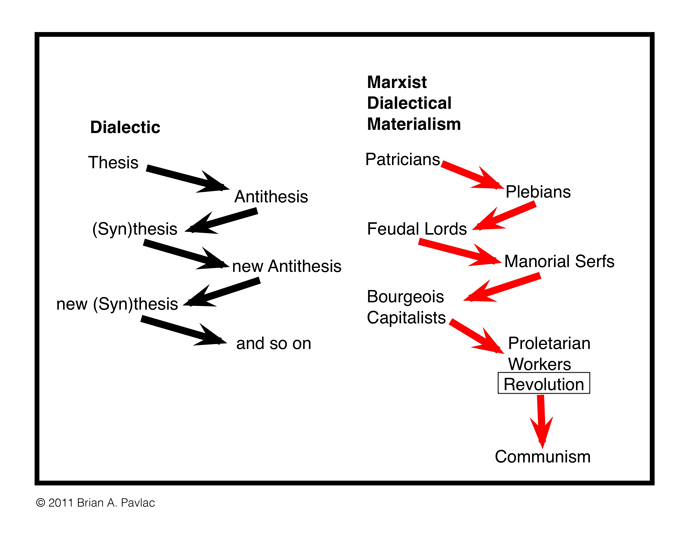

One way you know the government is using the Hegelian dialectic to fulfill their agenda is when they have a ready-made solution immediately after an event, all without public debate. Bush’s attempts to privatize Social Security at the start of his second term. Would Americans have protested the Patriot Act more strongly if 9/11 had never occurred? They’d probably laugh at its proposal, just like how they laughed at George W. 9/11) puts citizens in a state of fear and anxiety that allows easily implementation of the solution without resistance. What the ruling elite does, and have been doing for centuries, is create reactions which requires solutions they had wanted all along. Solution: Receive attention from family, friends, strangers Reaction: Invent drama, catastrophes, diseases People use the dialectic in their own lives when trying to solve problems: Solution: Strengthening of United Nations and European Union to “protect” people from social unrest Reaction: Allow millions of Afro-Islamists Solution (synthesis): Create pretext for removing Russian leadership and installing Western rulers, Reaction (anti-thesis): Destabilize Ukraine and Syria, forcing Russia to act aggressively Problem (thesis): Russia refuses to enter the New World Order Here are two Hegelian loops we may be currently living through: False flag attacks are in fact a common way for governments to fulfill their goals. This is commonly done through false flag attacks, where the government of a nation attacks itself so that it can respond in the way that it had wanted to all along, because it’s only through that attack would citizens agree to the planned synthesis. If the elite has a result they would like to have, whether it be increased authoritarian rule or a war that solidifies their power, all they have to do is devise an anti-thesis that will lead to the outcome they want. The modern elite has taken this a step further by pre-determining a synthesis (a specific agenda) and then developing events that arrive at that synthesis through artificial means. Like most Enlightenment thinkers, he threw god away and made the nation-state god instead. Hegel proposed his dialectic as a natural way of arriving at the truth, but had in mind that the nation itself was the vehicle to create new syntheses. Thesis: USA government losing domestic power

Thesis: British and French power hegemony after World War 1 The objective reality we have right now has incorporated within it all previous “battles” of thesis and antithesis since the beginning of time, meaning that-according to the theory-we are living in a progressive arc to absolute truth and world perfection. That result will develop an opposing force of its own and the ensuing battle yields another result. In plain terms, the Hegelian Dialectic is the battle of two extremes to get a result that is somewhere in the middle. This process repeats until the final synthesis is revealed, which theoretically is absolute truth. The conflict between them leads to a second synthesis. It becomes the new thesis where a new antithesis forms to oppose it. In all likelihood, the synthesis is not the final and absolute truth. The final result from that clash, the synthesis, is the best conclusion. Hegel explained a process where truth is instead arrived through the friction and conflict between one force (the thesis) and its opposite (the antithesis). Right now you probably use the Aristotelian method for arriving at truth, which is to observe all the facts of the situation and then make the most logical conclusion based from those observations. First described by Enlightenment German philosopher Georg Wilhelm Friedrich Hegel, the Hegelian Dialectic is a mechanism to arrive at a final truth or conclusion.


 0 kommentar(er)
0 kommentar(er)
